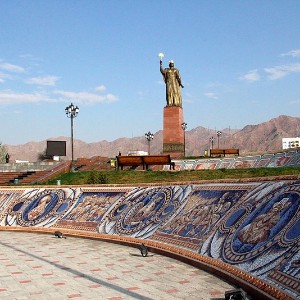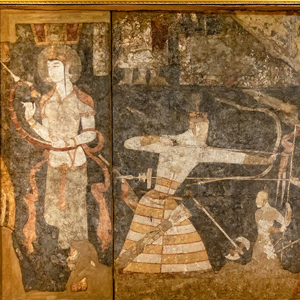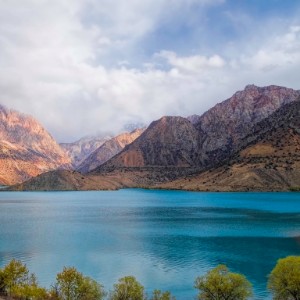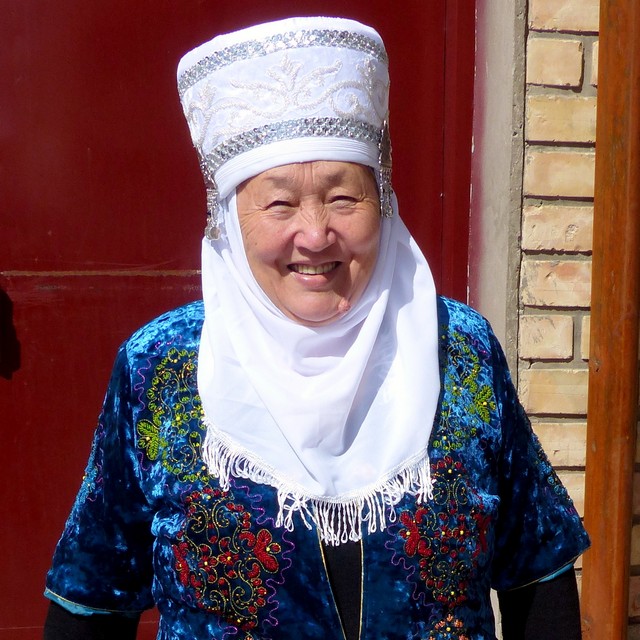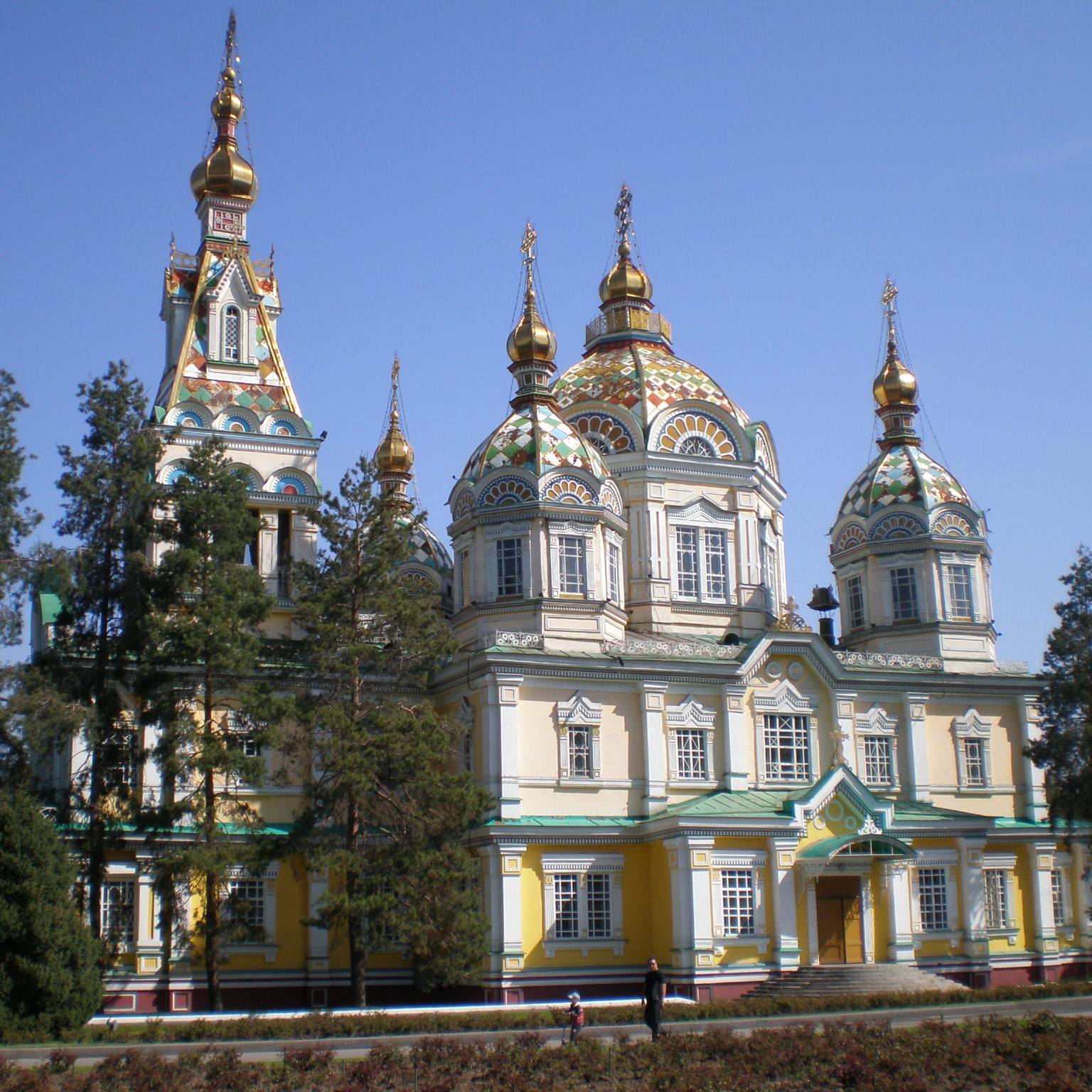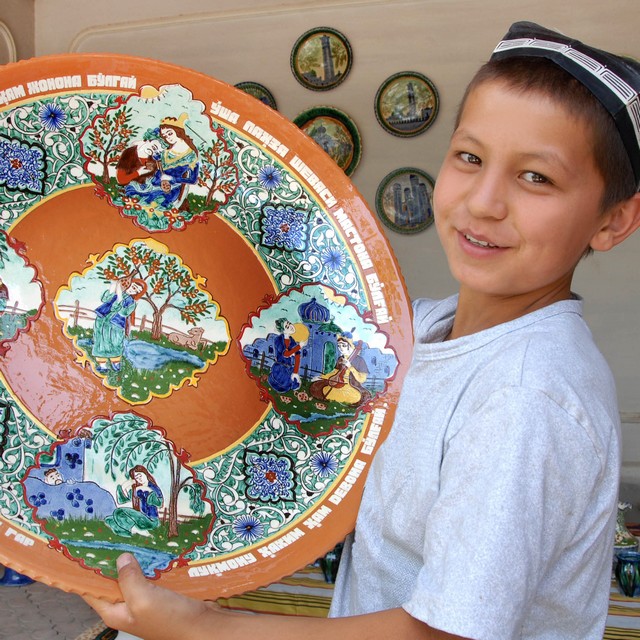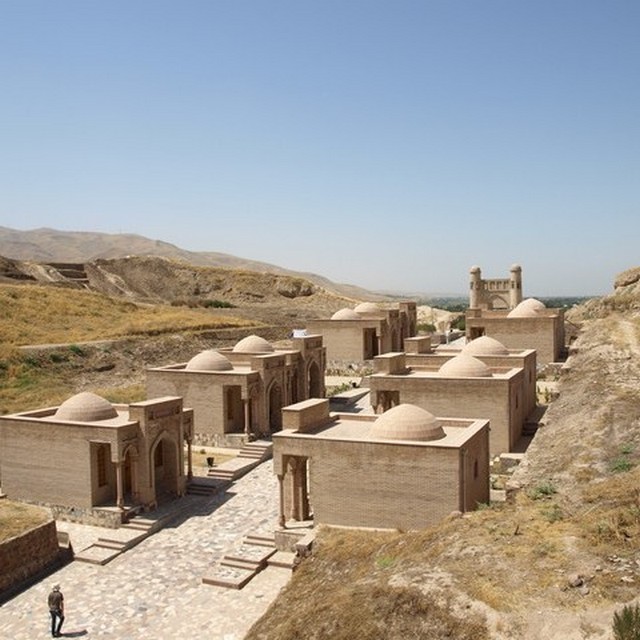Depart Dushanbe and travel to Khujand, stopping en route to enjoy beautiful mountainous views at Varzob Gorge. Spend the day touring the city, with key sights including the Mausoleum of Sheikh Muslihiddin memorial complex, Panjshanbe Bazaar and Arbob Palace. Later visit the Sughd Museum. Overnight in Khujand.
Overnight in Hotel Khudjan Deluxe, Khujand
Meal plan: Breakfast
Founded between the 7th and 8th centuries, Khujand is one of the oldest cities in Central Asia and the second largest in Tajikistan. Located along the Silk Road, it connects Samarkand with Fergana Valley. It was destroyed by the army of Genghis Khan during the 13th century, but quickly revived due to its strategic location and significant transport links, becoming one of the largest commercial, cultural and scientific centres in Tajikistan.
Set within a reconstructed bastion in Khujand's city wall, Sughd Museum holds a variety of regional artifacts showcasing the history of the Sughd region. The basement houses a collection of Graeco-Roman-style stone reliefs and murals of prehistoric life, while a statue of Timur Malik takes centre-stage in the main hall.
Built on the tomb of Khujand's 12th century ruler, Muslihiddin Khudjandi, the Mausoleum of Sheikh Muslihiddin lies in the historical centre of Khujand. It has been rebuilt several times throughout the centuries, creating a distortion between the buildings not just in style but in purpose (the 16th century reconstructed mausoleum was no longer used for just burials, but also for prayer and ritual ceremonies). Today, the mausoleum is an architectural complex consisting of a cathedral mosque, a 20-metre-tall 19th century minaret and ancient burials.
Meaning "Thursday" in Persian, Panjshanbe Bazaar is Khujand's central market and one of the oldest in Tajikistan. Located in a Silk Road city, the market has always been popular with traders and travellers, selling a variety of goods, from fruit and vegetables to meat and bread.
Showcasing beautiful Soviet neo-classical architecture, Arbob Palace symbolises the historical bridge between Soviet Tajikistan and independent Tajikistan. Particularly significant in 1992, it was the meeting place of the Tajik Society who officially declared independence from the Soviet Union, as well as the site where the Tajik flag was chosen.
Varzob Gorge is a beautifully mountainous region north of the capital city. The region boasts striking views of lush green forests, tumbling waterfalls and winding rivers.

